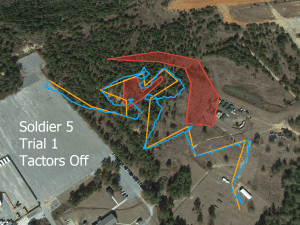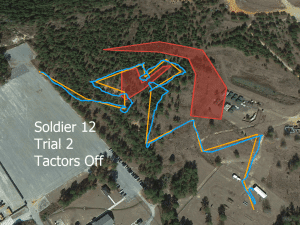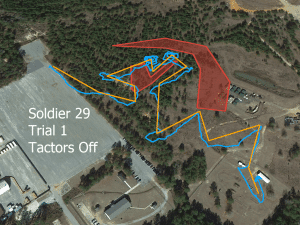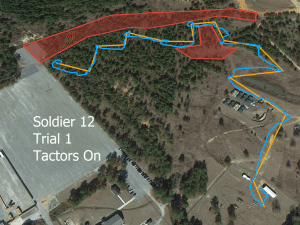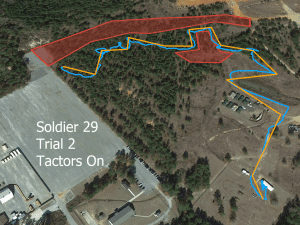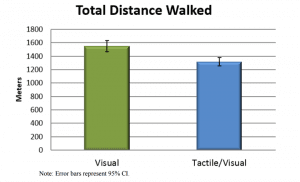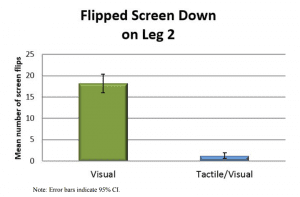NAVCOM
EYES FREE
HANDS FREE
NAVIGATION
BACKGROUND.
As the Army moves to integrated dismounted situation awareness (SA) and mission command (MC) systems, the Warfighter will need to rapidly access, and act on, ever increasing amounts of data. The NavCom system addresses this need by working in conjunction with commercial mobile devices to provide time-critical navigation and communication cues to the Warfighter via the sense of touch.

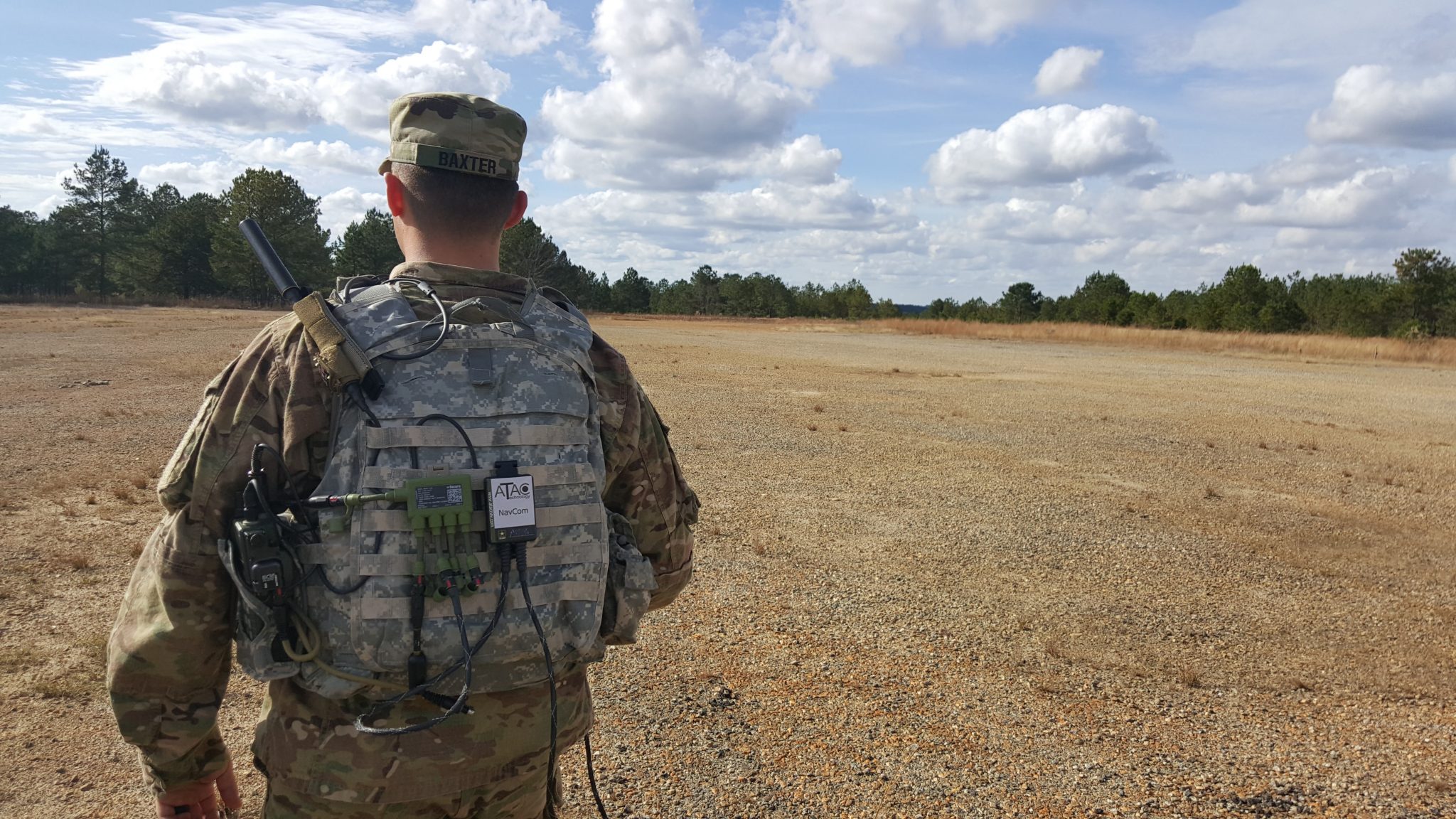
PROBLEM.
Situation awareness is key to safe and effective execution of combat missions. Under combat conditions, dismounted Warfighters consistently experience heavy cognitive workload interpreting conventional visual displays, verbal commands and hand signals. This situation worsens under conditions of high stress, limited visibility and time sensitive missions, and when secondary tasks such as navigation or ground robot controls is involved.
SOLUTION!
NavCom uses the human sensory channel of touch to provide navigation and SA information. Warfighters wear a lightweight belt around their torso containing miniature vibrotactile actuators ‘tactors’. Configured as a stand-alone system, or running as an app on the Nett Warrior system, NavCom provides haptic navigation and communication cues silently and intuitively to the Warfighter.

Equipment
The primary component of the NavCom system is EAI’s ATAC Advanced Tactile Array (ATA) belt. Comprising of multiple types of tactors and integrated electronics capable of delivering a variety of precise and salient sensations. The lightweight, stretchable belt is secured to the torso with a Velcro closure, and is effective through layers of clothing.
NavCom is available as a stand-alone application for a smart phone together with an EAI ATA Belt. It is also available for Nett Warrior Soldier comprising an ATAC NavCom Integrated Sensor and Controller (ISC) package containing a smart phone (with tactical case) INS (GPS/IMU) sensor package, antenna and battery.

